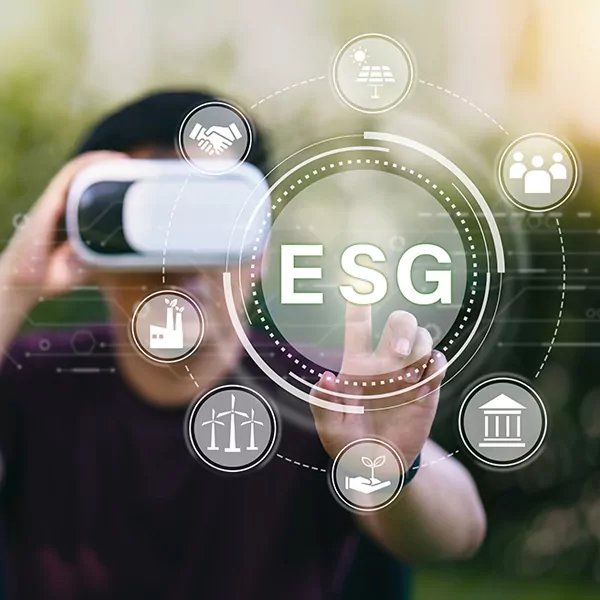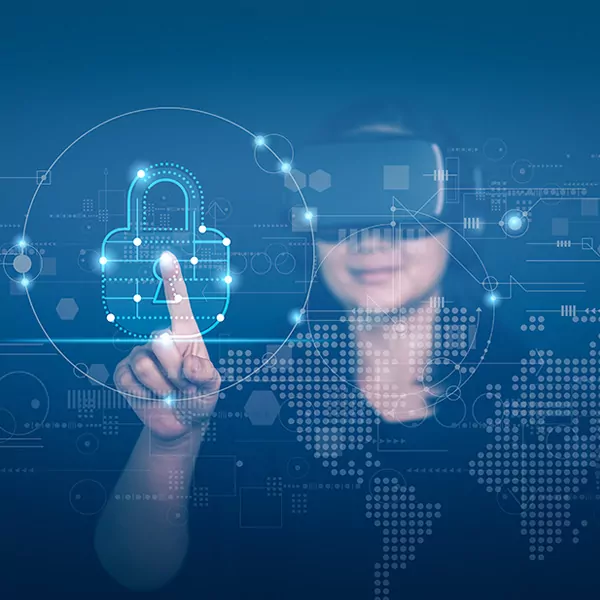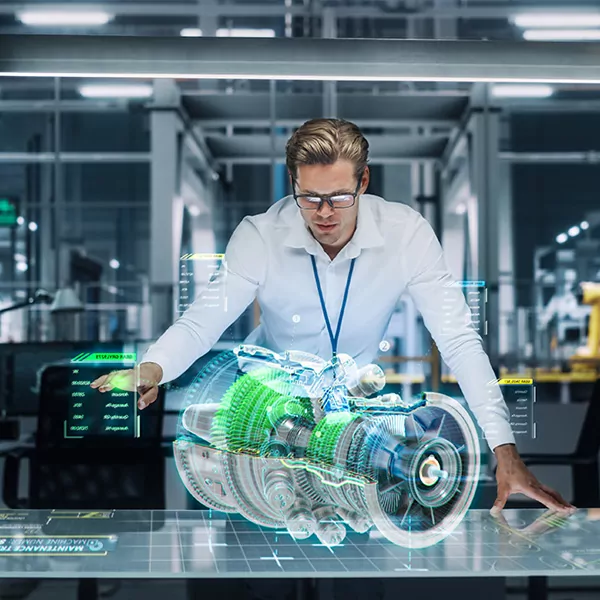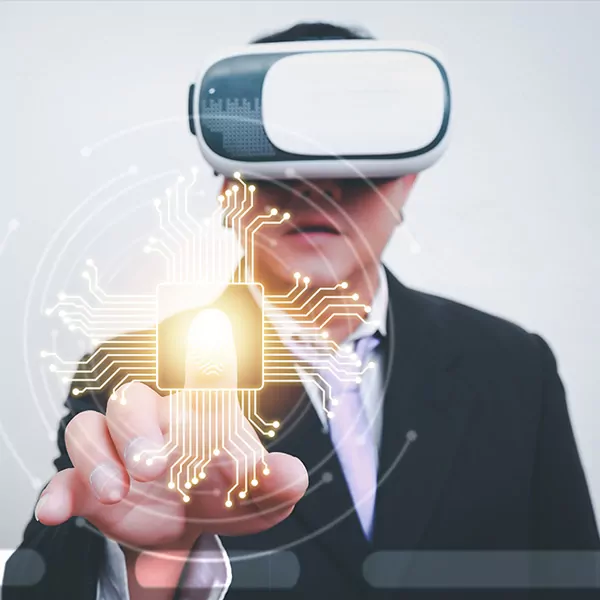In today’s complex, digital-first world, Extended reality (XR) is redefining how government
trains its workers, delivers services to customers, and operates remotely. XR is helping government
agencies
reimagine how they can operate while making data more accessible and digestible. With the ability to
provide
data in real time, engage users, and simulate real-life experiences in extreme detail, XR has massive
potential to transform government services and citizen interactions.
Benefits
Enhancing your experience through Extended Reality (XR) technologies
![Provide Immersive Experiences]()
Provide Immersive Experiences
The immersive experiences provided by Extended Reality (XR) can be helpful at national
monuments, parks, and museums. By offering an interactive service, XR can enhance the
experience of visitors and tourists. Historical and cultural events can be re-created to
assist with learning, and additional information can be presented in a more interactive
way.
![Improve Maintenance]()
Improve Maintenance
XR technologies can assist workers by immediately pulling up a machine or a
configuration to
assess the best way fix a problem. It also eliminates the need for a system or machine
to
remain out of service because a technical expert is required. Using XR, the expert can
be
contacted immediately and shown the situation, and offer a fix in a shorter amount of
time.
![Enhance Public Health and Safety]()
Public Health & Safety
The government is responsible for many inspections, and XR technology can make these
less
lengthy and more efficient. By having access to the data of previous inspections,
workers
can see where failures previously occurred and offer better, customized solutions.
Having
access to data in real time will eliminate wasted hours and help to streamline
inspection
and safety processes.
![Use Cases]()
Use Cases
We enhance your experience through augmented, virtual, and mixed reality
Augmented Reality
Augmented Reality has the potential to enhance a variety of government tasks, including
building inspections, fleet maintenance, planning and risk assessment, security, search
and
rescue, and training.
-
By providing additional imagery and historical or cultural details,
Augmented reality has the ability to transform visitor experiences with city
landmarks.
-
With the help of AR technology technicians can detect any structural
damage
during scheduled inspections. Using AR, it is possible to determine quite accurately
the
degree of wear of specific equipment parts and organize their repair or replacement
accordingly.
-
AR can benefit investor-owned, municipal and cooperative utilities in
improving business processes. It can speed up power restoration or help address the
challenge of an aging, retiring utility workforce by facilitating the preservation
of
institutional knowledge.
Virtual Reality
VR has the potential to help Government agencies effectively train new and existing
employees, prepare for disasters (i.e., hurricane, tornado, fire, active shooter, etc.),
and
educate the public on a wide variety of issues.
-
Virtual reality training programs are able to expose employees to
realistic
and diverse situations, preparing them for any of the variables they might
encounter.
-
VR can be used to train employees and teach them safety practices,
without
exposing them to any risk at all. As a result utility companies can develop
technically
skilled and highly-knowledgeable employees without having to expose them to safety
risks
before they are ready.
-
VR can help in preparing for rare and dangerous events (i.e.,
hurricane,
tornado, etc.). When these unusual events happen, acting in a timely manner are
essential. VR provides a good immersion into the situation, and allows the users to
make
simulated decisions.
Mixed Reality
Mixed reality can enable colleagues to meet face-to-face from anywhere at any time,
simulate
hands-on scenario trainings, and facilitate virtual services such as health care and
emergency response.
-
By creating Mixed reality models of new construction projects, cities
can
get a better sense of how new work will fit within the existing urban landscape.
-
Using Mixed reality, teachers could create an immersive learning
environment, allowing students to explore the ocean floor or unfamiliar parts of the
globe. By funding these types of technologies in public schools, cities can make
schools
more inclusive and engaging.
-
Using Mixed reality allows workers to be armed with displays
highlighting
the condition of city assets and the presence of any hazardous conditions, this
enables
workers to be able to complete repairs and construction projects more efficiently
and
safely.
How it Works
We make it easy to get started and will be there with you every step of the way to ensure a
successful
outcome
01
![Envision Icon]()
Envision
Business Case / Discovery / Brain Storming / Concept Validation
02
![Define Icon]()
Define
Requirements / Prioritize Insights / Define Timelines / Project Costs
03
![Prototype Icon]()
Prototype
Research & Strategy / Conceptual Design / Wireframe / Storyboard High Fidelity Design
04
![Build Icon]()
Build
3D Modeling / Prototyping App Development Integrations / APIs Testing
05
![Test Icon]()
Test
QA Testing / User Testing / Optimization Documentation & Knowledge Transfer
06
![Deploy Icon]()
Deploy
Training / Ready for Launch / Support / Sign-off
Our Blogs
Check out our blogs to learn more about enhancing your experience through Extended Reality (XR)
technologies












